解説 / Description
トゲチョウチョウウオは、インド洋から太平洋の広大なサンゴ礁に生息する、チョウチョウウオ科の中でも最もポピュラーな種の一つです。その適応力の高さと雑食性の食性から、飼育が難しいとされるチョウチョウウオの中では例外的に丈夫で、人工飼料にも餌付きやすいことから「チョウチョウウオ入門種」として知られています。成魚の背鰭から伸びる糸状の軟条が名前の由来です。日本では、沖縄などの南西諸島では繁殖を行う定着個体群として通年見られますが、本州沿岸では夏から秋にかけて黒潮に乗って幼魚が現れる「季節来遊魚(死滅回遊魚)」としても有名で、磯採集の対象としても人気があります。 The Threadfin Butterflyfish is one of the most popular species in the butterflyfish family, inhabiting vast coral reefs from the Indian to the Pacific Ocean. Due to its high adaptability and omnivorous diet, it is exceptionally hardy for a butterflyfish and readily accepts artificial foods, making it known as a “beginner’s butterflyfish.” The common name comes from the thread-like filament extending from the dorsal fin of adults. In Japan, it is a resident species that breeds year-round in the southwestern islands like Okinawa, but it is also famous as a “seasonal visitor” on the main island, where juveniles appear in summer and autumn, carried by the Kuroshio Current, making them popular for tide pool collecting.
基本情報 / Basic Information
| 学名 / Scientific Name | Chaetodon auriga |
|---|---|
| 通称 / Common Name | トゲチョウチョウウオThreadfin Butterflyfish, Vagabond Butterflyfish |
| 分類 / Family | チョウチョウウオ科 (Chaetodontidae)Chaetodontidae |
| 英名 / English Name | Threadfin Butterflyfish |
| 分布 / Distribution | インド太平洋(紅海、アフリカ東岸からハワイ、南日本まで)Indo-Pacific (Red Sea, East Africa to Hawaii, Southern Japan) |
| 最大体長 / Max Size | 約23cmApprox. 23 cm |
| 寿命 / Lifespan | 5年〜10年以上5 to 10+ years |
飼育環境 / Aquarium Environment
| 水槽サイズ / Tank Size | 120cm規格水槽(約240L)以上が最低限必要です。長期的な健康を考えると、470L(125ガロン)以上のより大きな水槽が理想的です。A standard 120cm tank (approx. 240L) is the minimum requirement. For long-term health, a larger tank of 470L (125 gallons) or more is ideal. |
|---|---|
| 水温 / Temperature | 23℃〜27℃ |
| 水質 / Water Quality | 標準的な海水魚の飼育水質(比重 1.021-1.025, pH 8.1-8.4)。水質の悪化には敏感なため、強力なろ過と定期的な水換えが不可欠です。Standard marine aquarium parameters (SG 1.021-1.025, pH 8.1-8.4). Sensitive to poor water quality, requiring powerful filtration and regular water changes. |
| レイアウト / Layout | 広々とした遊泳スペースを確保しつつ、安心して隠れられるライブロックなどで複雑な岩組みを作ります。Provide ample open swimming space along with complex rockwork using live rock to create plenty of hiding spots. |
| 注意点 / Precautions | サンゴやイソギンチャク、ケヤリムシなどを捕食するため、サンゴ水槽での飼育はできません。魚のみを飼育するFOWLR水槽が適しています。白点病に罹患しやすいため、導入時の検疫は必須です。Not reef-safe, as it will prey on corals, anemones, and feather dusters. It is best suited for a Fish-Only-With-Live-Rock (FOWLR) setup. Prone to Marine Ich, so quarantine is essential for new arrivals. |
餌と給餌 / Feeding
| 餌の種類 / Diet | 雑食性。チョウチョウウオの中では餌付きやすいですが、導入初期はアサリの剥き身や冷凍ブラインシュリンプなどで食欲を刺激します。慣れれば人工飼料(フレーク、粒状フード)もよく食べます。Omnivorous. It’s one of the easier butterflyfish to feed, but initially, entice it with chopped clams or frozen brine shrimp. It will readily accept artificial foods (flakes, pellets) once acclimated. |
|---|---|
| 給餌のポイント / Feeding Tips | 1日に2〜3回、少量ずつ与えるのが理想的です。藻類やスピルリナを含む植物質の餌もメニューに加えることで、栄養バランスが整います。It is ideal to feed small amounts 2-3 times a day. Including plant-based foods containing algae or spirulina will help provide a balanced diet. |
性格と混泳 / Temperament and Tank Mates
| 性格 / Temperament | 他種の魚に対しては比較的温和ですが、同種や体型・模様が似た他のチョウチョウウオには攻撃的になることがあります。Relatively peaceful towards other species, but can be aggressive towards its own kind or other butterflyfish with similar shapes and patterns. |
|---|---|
| 混泳の相性 / Compatibility | 単独飼育が最も安全です。大型ヤッコやハギ、ベラなど、サイズが同程度で攻撃的でない魚との混泳が可能です。臆病な魚や餌を食べるのが遅い魚は避けるべきです。Keeping a single specimen is the safest option. It can be kept with other non-aggressive fish of similar size, such as large angelfish, tangs, and wrasses. Avoid timid or slow-eating fish. |
病気と対策 / Diseases and Prevention
| かかりやすい病気 / Common Diseases | 海水性白点病に非常に罹患しやすいです。ストレスや水質の悪化が引き金となります。Highly susceptible to Marine Ich (Cryptocaryon irritans). Stress and poor water quality are common triggers. |
|---|---|
| 対策と予防 / Prevention | 新規導入個体に対する4週間以上の徹底した検疫(トリートメント)が最も重要です。安定した水質と水温を維持し、ストレスのない環境を提供することが最大の予防策となります。A strict quarantine period of at least 4 weeks for all new additions is the most critical preventative measure. Maintaining stable water quality, temperature, and a low-stress environment is the best overall prevention. |
増やし方(繁殖) / Breeding
| 繁殖形態 / Reproduction | 卵生。ペアを形成し、水中に浮遊性の卵を放出します。Egg-layer. Forms pairs and releases pelagic eggs into the water column. |
|---|---|
| 繁殖のポイント / Breeding Tips | 家庭用水槽での繁殖は極めて困難です。「ソリクティス期」と呼ばれる特殊で長い浮遊仔魚期を持つため、稚魚の育成には専門的な設備と技術が必要です。2020年に世界で初めて飼育下繁殖の成功が報告されました。Breeding in a home aquarium is extremely difficult. It has a long and specialized pelagic larval stage known as the “tholichthys stage,” requiring professional equipment and techniques to raise the fry. The first successful captive breeding was reported in 2020. |
特徴的な行動と豆知識 / Behavior and Fun Facts
| 特徴 / Characteristics |
【名前の由来】学名の’auriga’はラテン語で「御者」を意味し、背鰭から伸びる糸状の軟条を鞭に見立てたものです。 【季節来遊魚】日本では、沖縄などでは通年見られますが、夏になると黒潮に乗って幼魚が本州沿岸に現れます。しかし冬は越せずに死んでしまうため「死滅回遊魚」として知られています。 【食性の柔軟性】特定の餌に依存しない雑食性であることが、本種の広大な分布域と飼育のしやすさの鍵となっています。 【紅海の個体】紅海に生息する個体群は、他の地域の個体が持つ背鰭の黒い眼状斑を欠くという、興味深い地域変異が見られます。 【Origin of the Name】The scientific name ‘auriga’ is Latin for “charioteer,” likening the thread-like filament from its dorsal fin to a whip. 【Seasonal Visitor】In Japan, while seen year-round in areas like Okinawa, juveniles appear along the coast of the main island in summer, carried by the Kuroshio Current. They cannot survive the winter, making them known as “dead-end migrants.” 【Dietary Flexibility】Its omnivorous diet, not depending on specific foods, is key to its vast distribution and relative ease of keeping. 【Red Sea Population】The population in the Red Sea shows an interesting regional variation, lacking the black eyespot on the dorsal fin that individuals from other regions possess. |
|---|
まとめ / Conclusion
トゲチョウチョウウオは、その美しさと飼育のしやすさから、チョウチョウウオ科への入門として最適な種の一つです。しかし、その成功は、サンゴ水槽には不向きであるという事実を受け入れ、適切なサイズの水槽で安定した環境を提供できるかどうかにかかっています。 The Threadfin Butterflyfish is one of the best introductory species to the butterflyfish family, thanks to its beauty and relative ease of care. However, success depends on accepting the fact that it is not suitable for reef tanks and providing a stable environment in an appropriately sized aquarium.
日本においては、身近な磯で幼魚に出会えるという特別な魅力も持ち合わせています。その生態を深く理解し、責任ある飼育を心がけることで、この海の蝶との豊かなアクアリウムライフを楽しむことができるでしょう。In Japan, it also holds the special appeal of encountering juveniles in familiar tide pools. By deeply understanding its ecology and practicing responsible husbandry, you can enjoy a rich aquarium life with this “butterfly of the sea.”
▶ 記事の生体をAMAZONで買う ▶ 記事の生体をYahooで買う

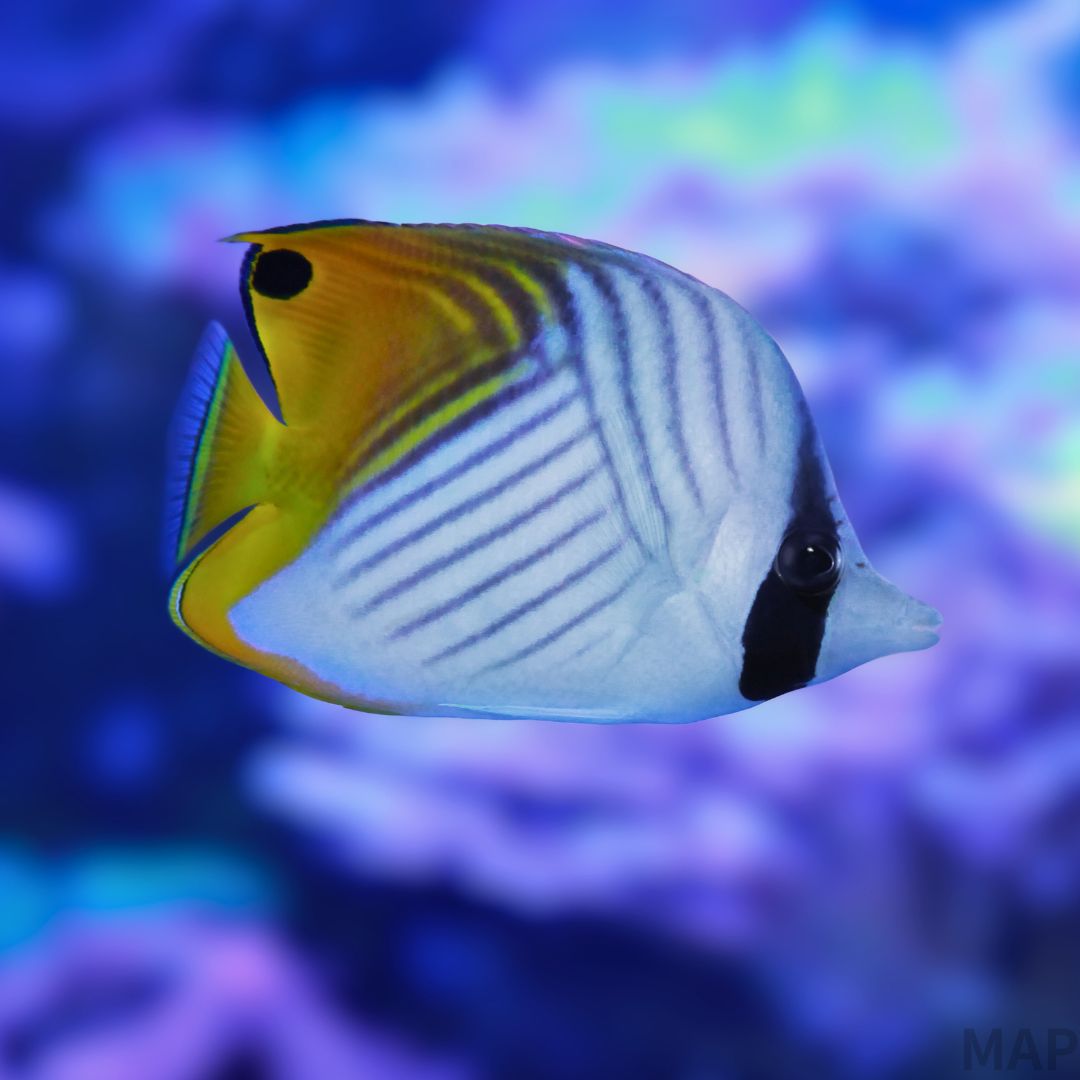

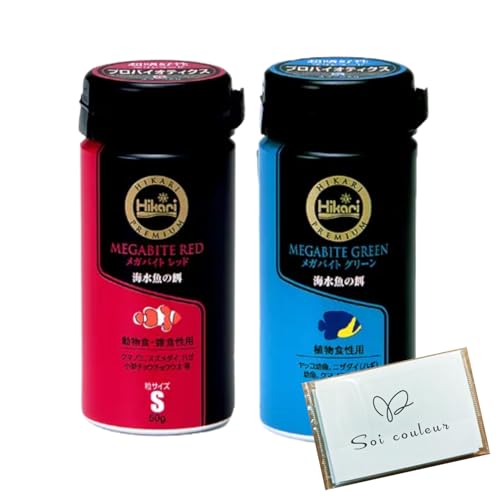




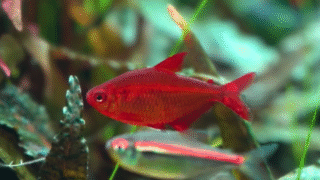
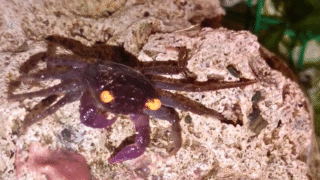
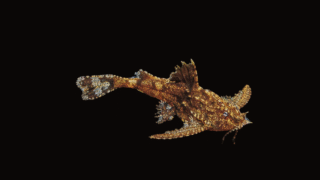
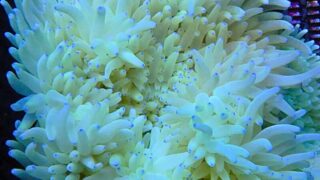
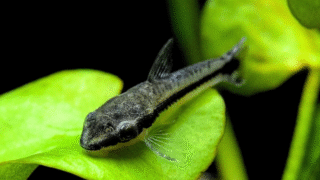
コメント